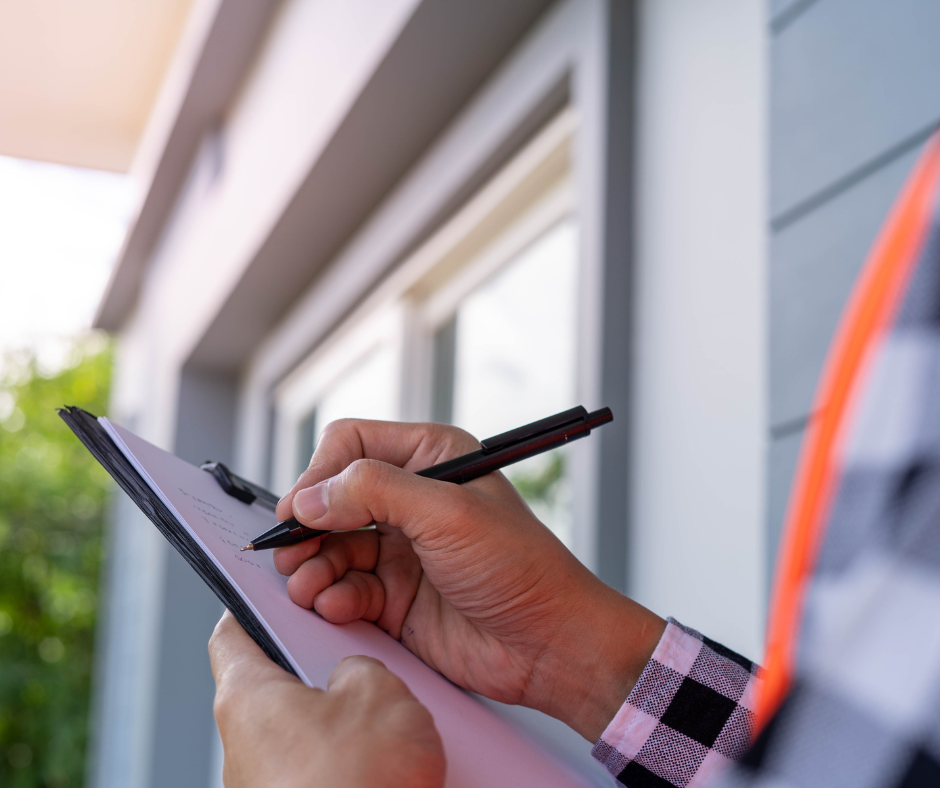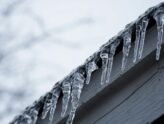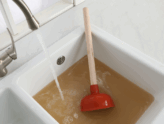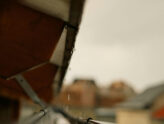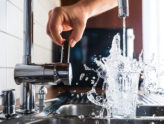The Ultimate Winter Plumbing Checklist for Homeowners
Winter weather is a potential issue for plumbing systems within a property. Frozen pipes and plumbing issues are costly outcomes if you don’t set aside time to complete plumbing preparations and maintenance at this time of year.
If you’re concerned that cold weather may begin to threaten your vulnerable plumbing, which actions should you prioritize?
Continue reading for the ultimate winter plumbing checklist for homeowners to help ensure your plumbing is fully prepared to handle freezing conditions.
Which Plumbing Elements Should You Prepare for Winter and Why?
Extreme cold can impact your plumbing elements in more ways than one. When wet and windy weather impacts your home, its plumbing elements can become overburdened with strain and sustain damage. It’s best to check your plumbing elements for winter to ensure they are not overwhelmed by frosty weather. Here are some of the plumbing elements you should prepare before winter begins and the damage you should consider:
● Drainage system – as temperatures get cooler, water within pipes and drains can freeze and expand. This could potentially lead to drain blockages and restrict the water flow. Once the water expands, the pipe’s integrity is at risk, as burst pipes can occur due to the frozen water pressure.
● Faucets – since outdoor faucets are susceptible to freezing during winter when extremely cold weather occurs, they will not function. The water will remain in the pipes, causing a backlog of water within the system. Fixing this issue can be costly, so checking the faucets regularly and completing plumbing maintenance is best.
● Water heater – when the cold weather and freezing temperatures start to take hold, water heaters can contract. They can sustain damage, which can threaten the integrity of the tank and pipes and cause the water heater to leak. The water that escapes from the water heater can cause structural damage to your property.
If you make preparations for these potential issues as a homeowner, you can avoid high repair costs and protect your home’s plumbing from extensive damage.
Your Winter Plumbing Maintenance Checklist to Prepare for Cold Weather
Having looked at the main issues that can affect your plumbing system during winter months, here is your winter plumbing maintenance checklist to prepare for cold weather efficiently. Consider these points to keep the systems running perfectly.
1. Outdoor Faucet Maintenance
Before you notice your faucet is not working, it’s best to complete outdoor faucet maintenance. First, if the water supply is on, switch it off. This step will allow you to visually check the faucet more easily. You can do this by closing the system’s shutoff valve. Then, you should visually inspect the faucet for damage. Look for faucet mineral buildup, wear and tear on washers, corrosion on loose handles, and pipe cracks.
Clean the faucet using a brush, check that the drain cap is secure, and tighten connections in the system. This will minimize leaks and clogs and ensure the water flow remains unimpeded.
2. Gutter Cleaning
It’s recommended that you complete a gutter cleaning process once or twice a year. During winter, you should use a gutter scoop, a wet-dry gutter vacuum, and a cleaning wand with a rotating nozzle to remove the debris from the gutters. Just scoop out the debris and use the cleaning wand for the hard-to-reach places. Then, use a wet-dry gutter vacuum to remove any remaining debris and ensure your gutters are unobstructed.
3. Check for Leaks in the Interior Plumbing Systems
It’s a good idea to check for leaks in the interior plumbing systems periodically to avoid structural water damage to your home. You should complete a water meter test to determine if there are any hidden water leaks.
Begin by turning off your home’s faucets. Then, check if your meter continues running. Continuous water meter activity despite a lack of running water could indicate a water leak.
If you find a leak, you should replace or fix the pipe yourself. You can remove and replace the damaged pipe section with a new pipe before sealing it. Alternatively, if you have no experience with replacing piping, contact a plumbing expert who will complete this task efficiently.
4. Check for Leaks in the Exterior Plumbing Systems
Before you suspect you have a leak, you should check for leaks in the exterior plumbing systems. You should visually inspect the exterior pipes, check whether there is any water dripping from the pipe, and look out for water accumulation or soggy areas below the pipes. Routinely checking your exterior plumbing systems will ensure you are immediately aware of any leaks. You can then contact a plumbing expert to complete the repairs for you if needed.
Contact Caldwell Plumbing for Expert Plumbing Services and Maintenance
Cold weather can cause great damage to your plumbing, so following the plumbing inspection checklist in this article and completing routine maintenance is ideal. Maintenance services for the piping in your home or water line inspections can make a significant difference to the longevity of your plumbing systems.
If you can’t complete the maintenance steps, you can always contact our dependable experts at Caldwell Plumbing. Contact one of our residential plumbing professionals to ensure your systems function efficiently throughout winter and avoid extensive, costly repairs.

